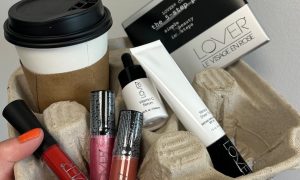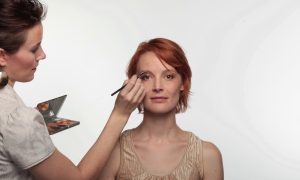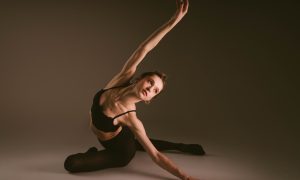Whether we mean to or not, we constantly have screens in our face. And as much as this poses problems that other generations didn’t have to face, it also presents our generation with new opportunities. The constant connectivity that the internet provides is a tool, to be used for better or worse. Social media especially has become a tool for dancers today. Welcome to your new resume. That’s not a profile picture, that’s a headshot. Learn to use Facebook, Instagram, YouTube and Twitter right, and they can become tools to help advance your career. But use them poorly, and they might hinder your chances.
There are two sides to how to rig your social media for success. Firstly, how you present yourself.
While nothing can replace an in-person audition, companies and choreographers today often refer to Instagram to browse your technique, lines, movement quality and artistry. Hopefully, they’ll still call you in to see you with their own two eyes, but many will check your feed either before you enter or after you exit the audition room. With an extensive page of dance photos and videos curated on your own terms, you’re providing a portfolio of your best work, and you can put your most beautifully pointed foot forward. While some people might find tailoring their social media to potential employers annoying, an upside is that your pool of potential employers has widened considerably.
Now you don’t have to rig each one of your social media accounts to accommodate your dance career. Social media is meant to be for your social life, after all, and having your work life in front of your face all the time is exhausting. I find Instagram the most useful platform for a work account, but it’s also one that I use the most in my personal life. Having two handles can be a good solution.
The guidelines on how to present yourself on a professional social media are practically instinct for anyone who grew up using it, but here they are listed anyway:
#1. Post dance relevant content that shows off your favorite features.
#2. Include videos that you’re proud of, to give a sense of your style and musicality.
#3. Feel free to include hashtags to connect you to the rest of the online dance community (but keep it to a reasonable amount, please).
#4. Include contact information in your bio (preferably a work email separate from your personal one, and/or agency information, if applicable).
#5. Never post anything you wouldn’t show your grandmother.
The second side to rigging your social media is about who you follow and how they make you feel.
With the number of hours a day we spend intaking information, it’s important to take a moment and look seriously at what that information is, and how it affects us. Who and what do you spend your time staring at? Are they people who inspire you? Or do they make you feel jealous, or inadequate? The wonderful thing about social media is that you can, for the most part, control what you want to see.
Go through who you follow. Unfollow anyone who you’re not actively interested in, learning from, or who puts a dampener on your own self-worth or confidence. Marie Kondo-ing your feed like this helps to focus your vision on what and who you consciously choose to be the most important influences on your artistry (and ultimately your mood). What’s left is a pretty solid list of artists whom you actively want to engage with, or who inspire you to make your own art, or both. And the beauty of having narrowed down your feed to just their content is you’ll never miss an opportunity to collaborate them. I can’t name the number of projects I’ve auditioned for or artists I’ve worked with because the announcement that they’re looking for dancers popped up on my screen. Without the inundation of posts from dancers you met at that intensive one time or competed against eight years ago, you’ll never miss opportunities from people that you actually want to connect with.
Here’s my favorite part about this. Tailoring your feed to mindfully curated content changes the suggested content that pops up on your discover button, explore option or friend recommendations. Don’t get me wrong, targeted content when it comes to advertising is a scary thought. But this is one instance in which the profiling that social media companies are so worryingly good at comes in handy. By providing a clear profile of what your interests are, and the community that you want to associate with, the tech giants can make more accurate suggestions for you in terms of delving deeper into that community.
Because as satisfying and necessary as it is to clear all the junk from your feed, it’s equally important to follow and friend new people as you expand your network. Maybe you see a show and you were really impressed with the company, or a few particular dancers caught your eye (side note: now that you have a professional social media handle, include it in your playbill bio). Or maybe, after your digital spring cleaning, your explore page exploded with dance related content that’s really resonating with you. Take the time to add them to this roster of companies, contacts and inspiration that you’re building. It’s great if your feed starts to fill up again, so long as you’re filling it up mindfully with content that you’ll get something out of.
By Holly LaRoche of Dance Informa.















